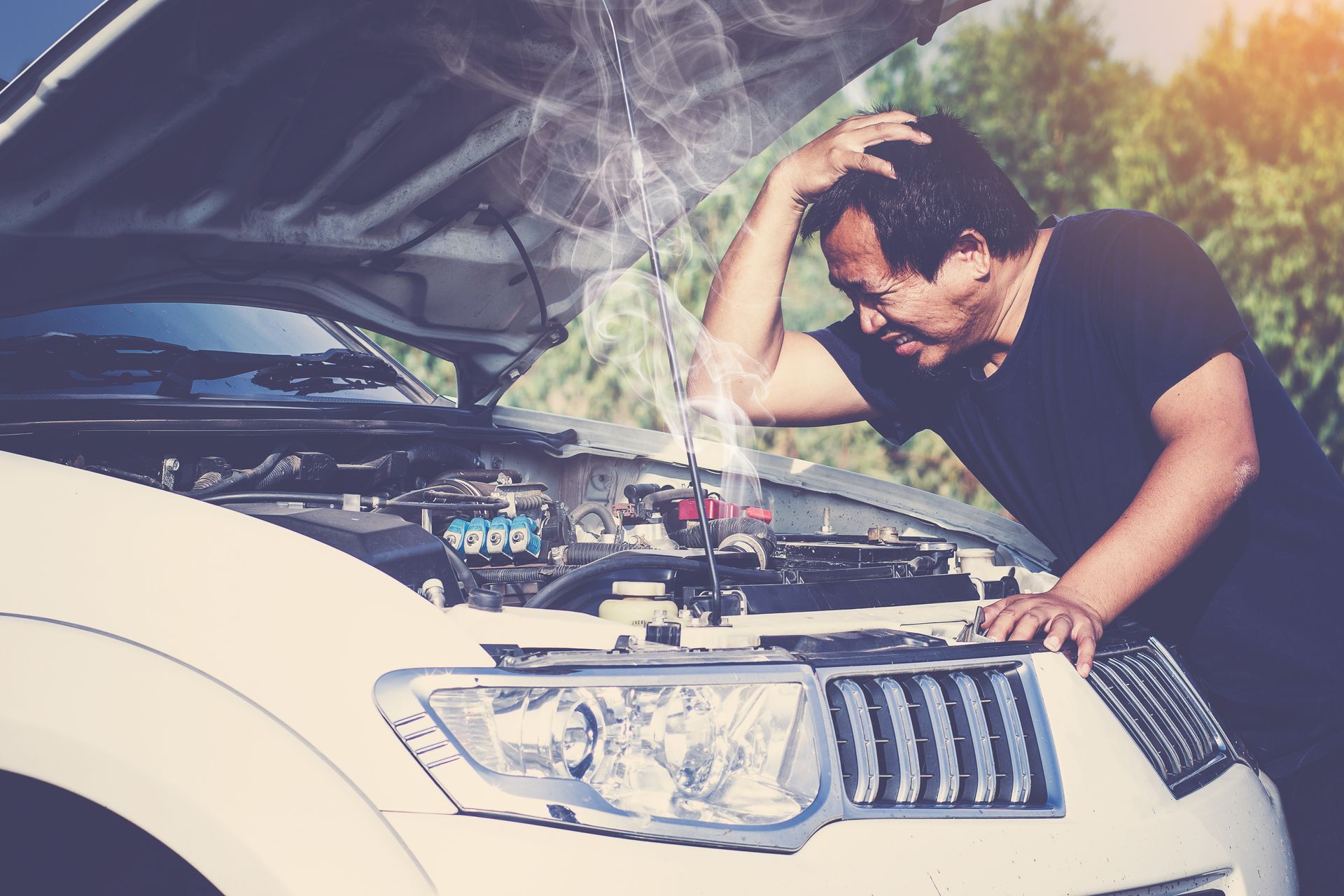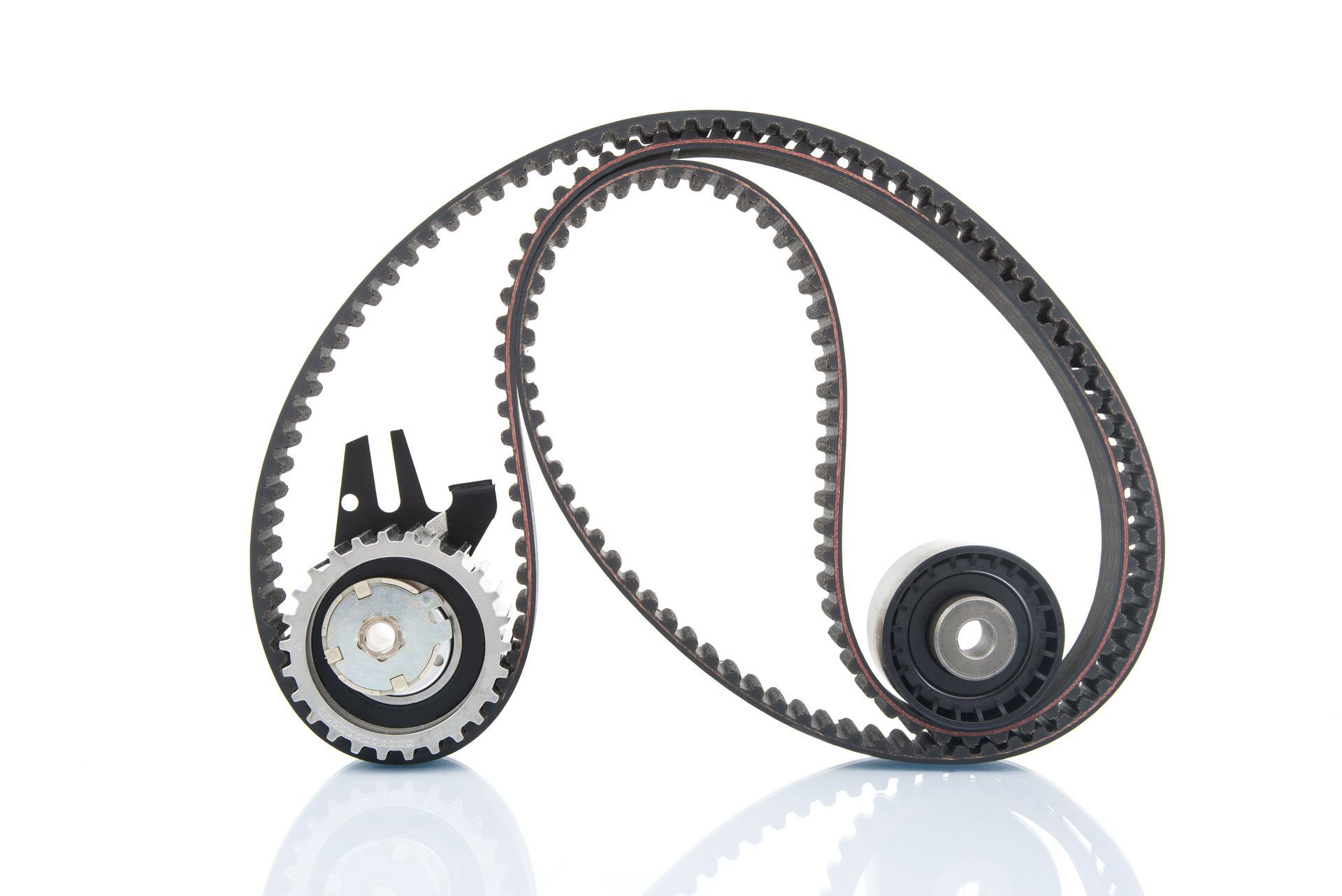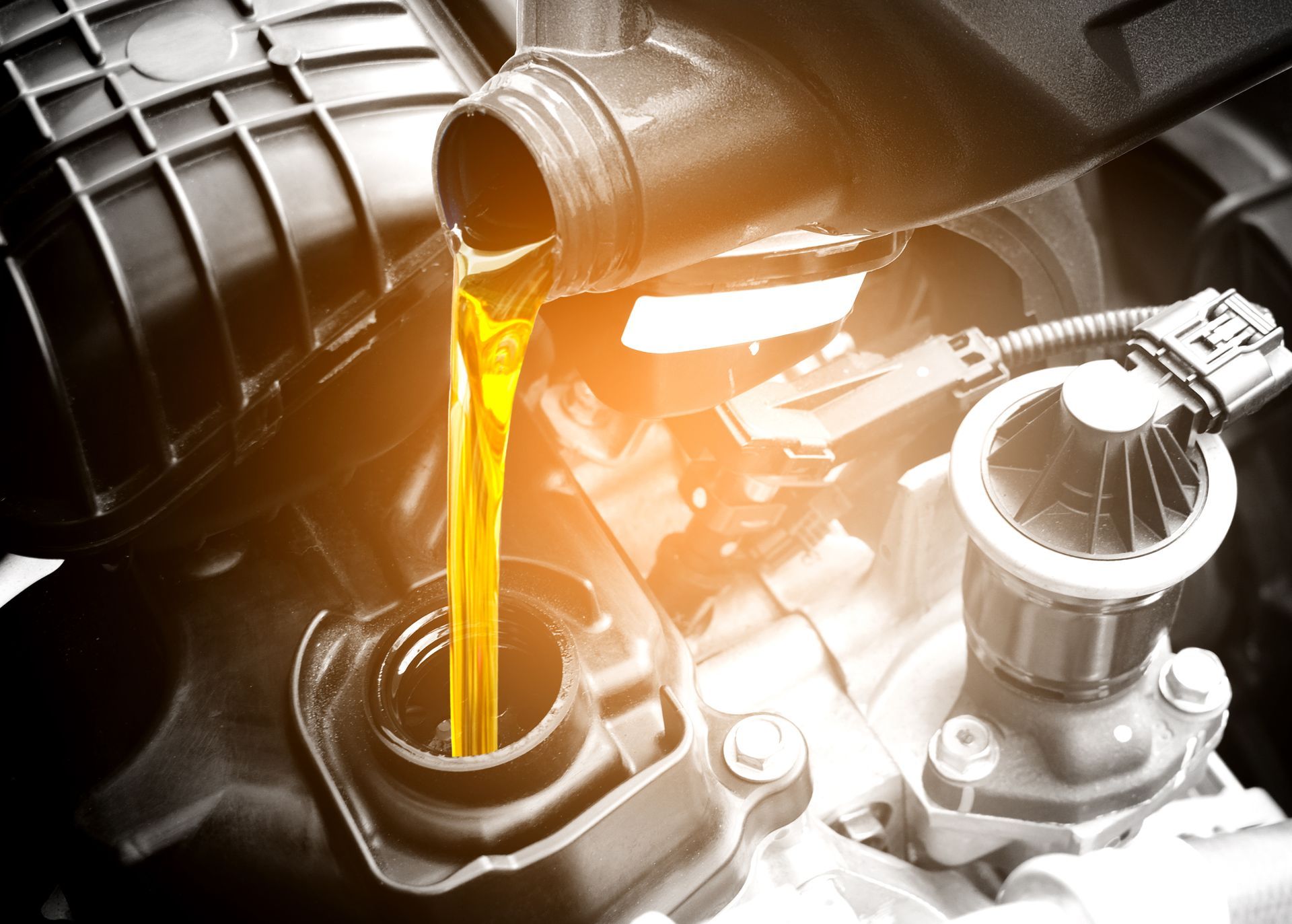Seeing that check engine light pop up on your dashboard can be nerve-wracking. It signals that something's wrong under the hood, but what exactly? The good news is that modern vehicles come equipped with computer diagnostic systems designed to pinpoint the root cause of the problem. But can a computer diagnostic actually fix the check engine light issue, or is it just the first step in a longer process? Let's explore how computer diagnostics work and their role in resolving your vehicle's troubles.
The Role of Computer Diagnostics
Modern vehicles are like computers on wheels, packed with sophisticated electronics and sensors that monitor every aspect of their performance. When the check engine light illuminates, it means that one of these sensors has detected a problem. A computer diagnostic involves connecting a scanner to your car's onboard diagnostic (OBD) system to retrieve error codes that indicate what's wrong.
These error codes can point to a wide range of issues, from minor glitches to serious mechanical problems. For instance, you might get a code indicating a loose gas cap, which is an easy fix. On the other hand, a code could reveal more complex issues like a failing oxygen sensor or a misfiring engine cylinder.
How Computer Diagnostics Work
When you bring your car to Triple J Automotive for a diagnostic check, the technician will connect a specialized scanner to the OBD port, usually located under the dashboard. This scanner reads the error codes stored in the car's computer system. Each code corresponds to a specific problem or set of problems, providing a starting point for the technician to identify and fix the issue.
However, the diagnostic tool does more than just read codes. It also allows the technician to view real-time data from various sensors, giving them a detailed picture of your car's current performance. This information is crucial for accurately diagnosing the problem, especially if the issue is intermittent or doesn't trigger a specific error code.
Can a Computer Diagnostic Fix the Problem?
While a computer diagnostic is essential for identifying what's causing your check engine light to come on, it's not a magic fix in itself. Think of it as a doctor running tests to determine what's wrong with a patient. The diagnostic provides the information needed to make an accurate diagnosis, but the actual treatment – or in this case, the repair – comes next.
For minor issues, such as a loose gas cap or a faulty sensor, the solution might be as simple as tightening the cap or replacing the sensor. In these cases, the check engine light can be reset, and you're good to go. However, for more complex problems, further investigation and repairs will be necessary.
Steps Following a Computer Diagnostic
Once the error codes and data have been retrieved from your car's OBD system, the technician will analyze the information to determine the best course of action. Here's what typically happens next:
- Verification: The technician will verify the problem by inspecting the relevant components and running tests to confirm the issue identified by the diagnostic tool.
- Repair Plan: Based on the findings, the technician will create a repair plan, which may involve replacing parts, repairing components, or making adjustments to the vehicle's systems.
- Execution: The repair work is carried out according to the plan. This might involve anything from simple adjustments to extensive repairs, depending on the severity of the issue.
- Post-Repair Diagnostics: After the repairs are completed, the technician will run another diagnostic check to ensure the issue has been resolved and to clear any remaining error codes from the system.
Preventative Maintenance and Diagnostics
Regular computer diagnostics can help prevent check engine light issues from arising in the first place. By catching potential problems early, you can avoid more serious issues down the road. Many repair shops offer routine diagnostic services as part of their maintenance packages, helping to keep your vehicle in top shape.
Moreover, staying on top of your car's scheduled maintenance can reduce the likelihood of unexpected issues. Regular oil changes, fluid checks, and replacing worn-out parts can all contribute to a smoother-running engine and fewer dashboard warnings.
If your check engine light is on, don't ignore it. Visit
Triple J Automotive for comprehensive diagnostic and expert repairs. Our skilled technicians will pinpoint the problem and get you back on the road in no time.












